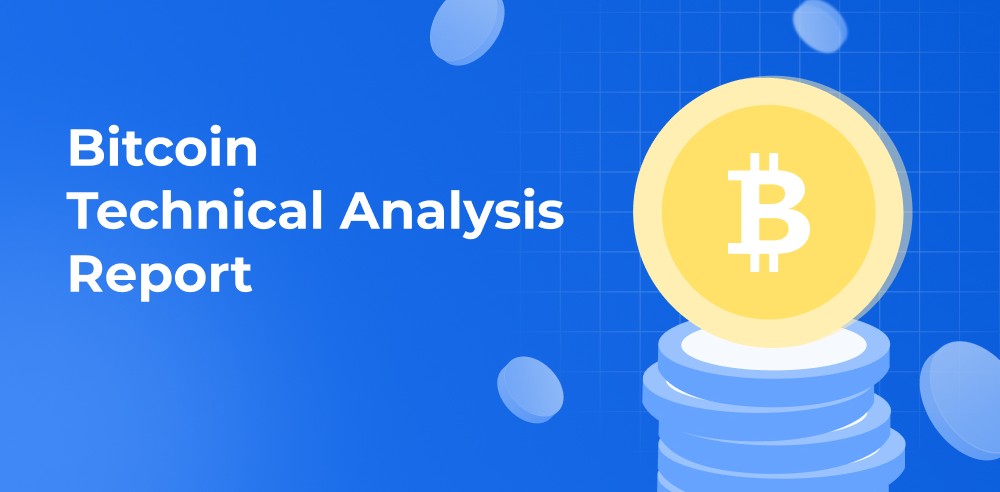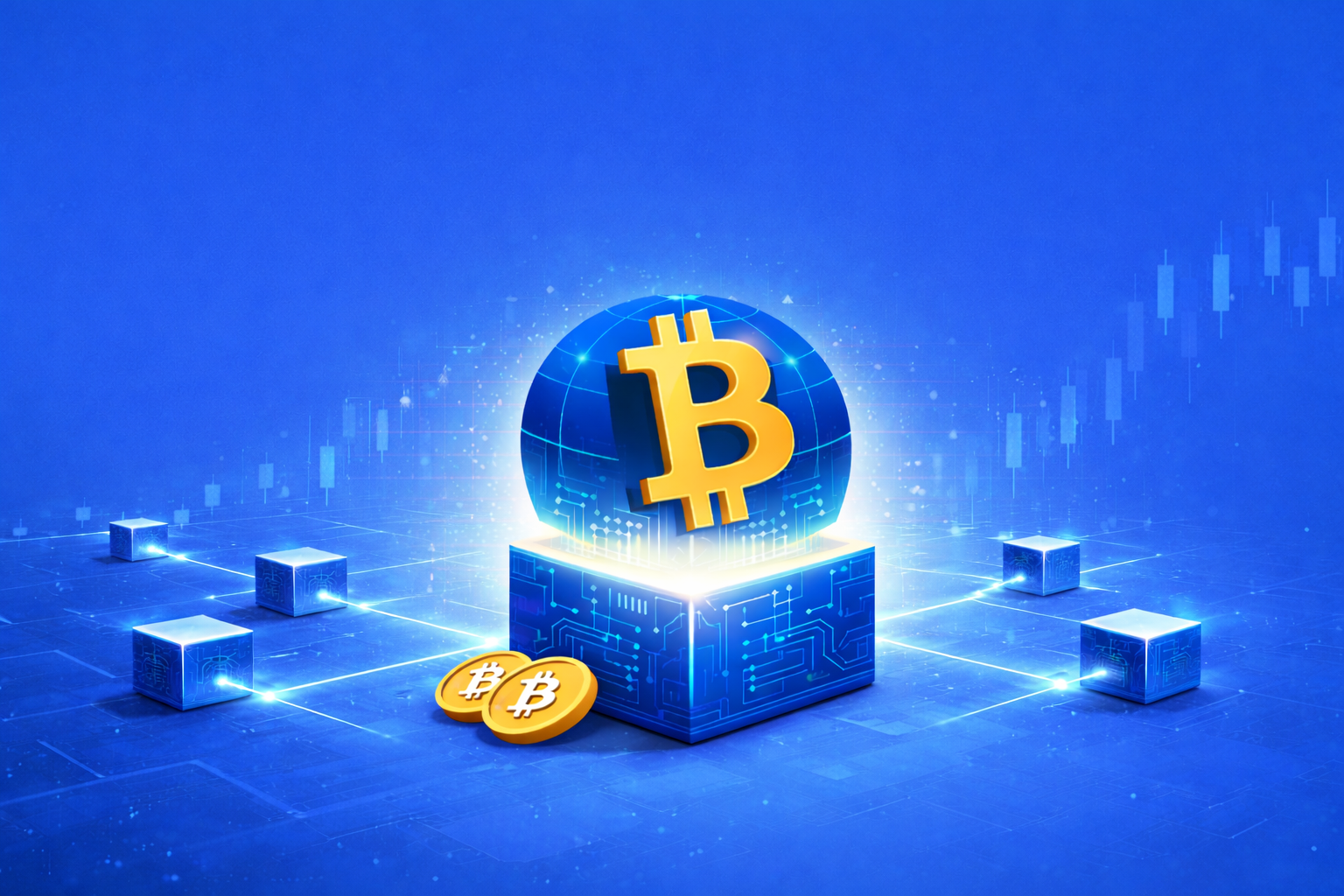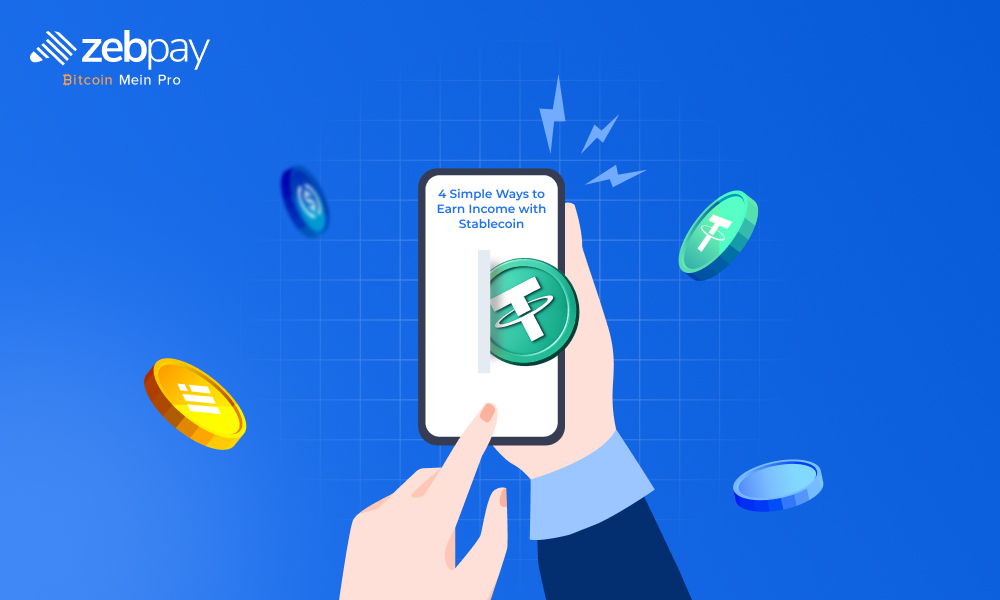Ethereum’s long-awaited upgrade is finally here. After years in the making, Ethereum’s scalability update – known as “the Merge” – has been implemented. This update is intended to finally solve prevalent issues on Ethereum like high gas fees and network congestion. One of the most notable changes towards this has been the shift from proof of work to proof of stake consensus. So how does Eth 2.0 work and what are the differences?
How Does Ethereum 2.0 Differ From Ethereum?
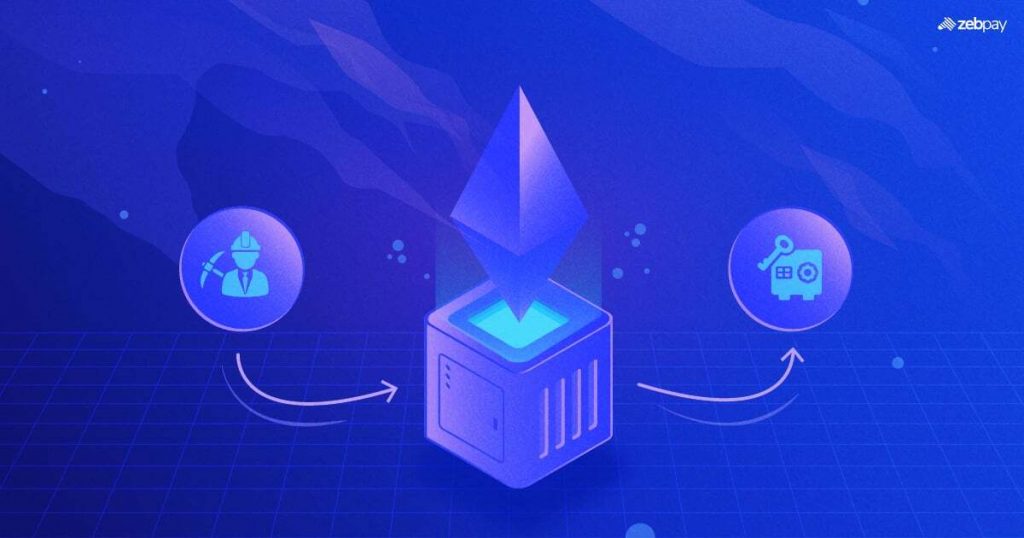
The primary difference after this Ethereum upgrade has been a change in the consensus mechanism. Earlier, Ethereum used the same method popularised by Bitcoin, proof of work (PoW).
Ethereum proof of work is a process in which users of the blockchain, known as miners, employ powerful computers to solve cryptographic problems. The first one to solve the problem wins the chance to verify and add a block to the blockchain. Doing this ensures all transactions on the blockchain are legitimate. To compensate miners for their effort and energy used, they were rewarded with ETH tokens.
Now, the process has been shifted to proof of stake (PoS). Most popular blockchains today use proof of stake for speed and efficiency. Unlike PoW, proof of stake does not require powerful computers. Instead, users must “stake” or lock in their tokens as collateral. The network then randomly chooses a validator who verifies and adds blocks to the blockchain. Your chances of being chosen as a validator increase with how much you stake.
Why is Ethereum Moving From Mining to Staking?
PoS has two main advantages over proof of work – energy efficiency and speed.
Bitcoin is notorious for the amount of electricity it uses. Bitcoin mining is estimated to consume as much electricity as the entire country of Argentina. This has led to scepticism from many people over how effective crypto would be with its high energy consumption.
Read more: What is Staking Crypto
Ethereum proof of stake solves this problem by eliminating the need for powerful computations. You do not need to have the latest hardware to be able to participate in staking. Instead, you need to lock in 32 ETH to qualify as a validator. It is much more sustainable and reduces Ethereum’s carbon footprint by almost 99.95%.
Since PoW’s puzzles are difficult to compute, finalising a block can be a time-consuming process. The staking approach thus also benefits speed by simplifying the path to consensus.
What Happens to Ethereum After Ethereum 2.0?
Ethereum’s first steps towards ETH 2.0 started in December 2020. This is when the project started running on two parallel blockchains, the Ethereum Mainnet and the Beacon Chain. The Mainnet was the legacy blockchain using PoW while the new Beacon Chain utilised PoS. The Merge of September 2022 combined these two blockchains into a single system, marking 15th September 2022 as the Ethereum 2.0 release date.
The Merge is only a part of Ethereum 2.0’s launch. Next, the developers aim to introduce “sharding”. This is a process by which Ethereum operations will be spread out over 64 chains, rather than a single chain. Sharding also makes it easier to run a node as each computer needs to store lesser data to function.
Ethereum has several planned phases of improvement. These include:
- Merge
- Surge
- Verge
- Purge
- Splurge
So what phase is Ethereum 2.0 in? This upgrade is still in the merge stage. There is thus a lot more development to come.
How will Ethereum 2.0 Work?
Ethereum 2.0’s scalability improvements will come from shard chains. Currently, Ethereum can only process roughly 30 transactions a second. This is nowhere near sufficient for the massive traffic that flows through the network. Shard chains are expected to increase this number to an astounding 100,000 transactions per second.
It is also more secure since Ethereum requires a minimum of 16,384 validators. This ensures the decentralisation of the network and prevents the blockchain from being compromised.
How Could Ethereum 2.0 Affect Ethereum’s Price?
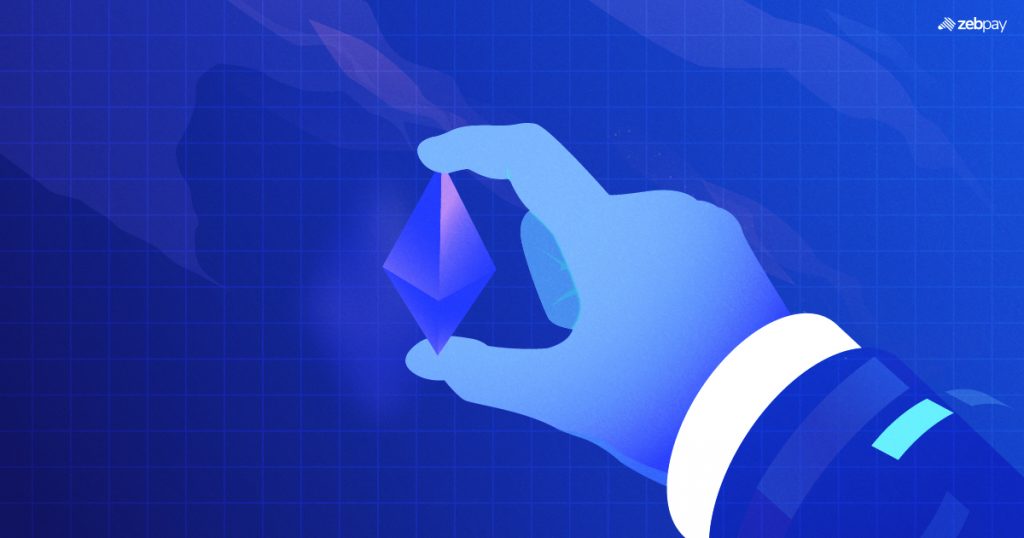
Full implementation of Ethereum 2.0 and integration with shard chains are bound to push the price up. More scalability means more users and more transactions are supported. This increases the demand for ETH tokens and drives up the price.
A reduction in gas fees is also a welcome change for many users. In the past, the cost of completing a transaction – or the “gas fees” – has crossed even the value of the transaction. Making Ethereum cheaper to use is sure to appeal to many prospective users.
Read more: What is the Ethereum Merge
Will Ethereum 2.0 be a new coin? Thankfully, nothing will change for the ETH token. ETH 2.0 is not a different coin, but the same token on an updated blockchain.
Final Thoughts
Ethereum 2.0 is a much-needed step for the success of Ethereum going forward. With the rapid rise in the number of crypto users, the network was simply unable to keep up. But further development is necessary for Ethereum to reach its full potential. Constant innovation is what will cement Ethereum as the dominant project in the industry.
You can buy Ethereum with 0 trading fees till December 14th on ZebPay. Read more about the latest happenings in the crypto market on ZebPay blogs.
FAQs On Ethereum 2.0
What is Ethereum 2.0?
Ethereum 2.0 is Ethereum’s latest upgrade which made the blockchain transition from the earlier Proof of Work(POW) consensus mechanism to a Proof of Stake(POS) consensus mechanism
Is Ethereum 2.0 a new coin?
Thankfully, nothing will change for the ETH token. ETH 2.0 is not a different token, but the same token on an upgraded blockchain.
What does the future of Ethereum look like?
The Merge is only a part of Ethereum’s future roadmap. The next upgrades of Ethereum are Surge, Verge, Purge and Splurge. Each upgrade is aimed to make the blockchain more efficient and scalable.


